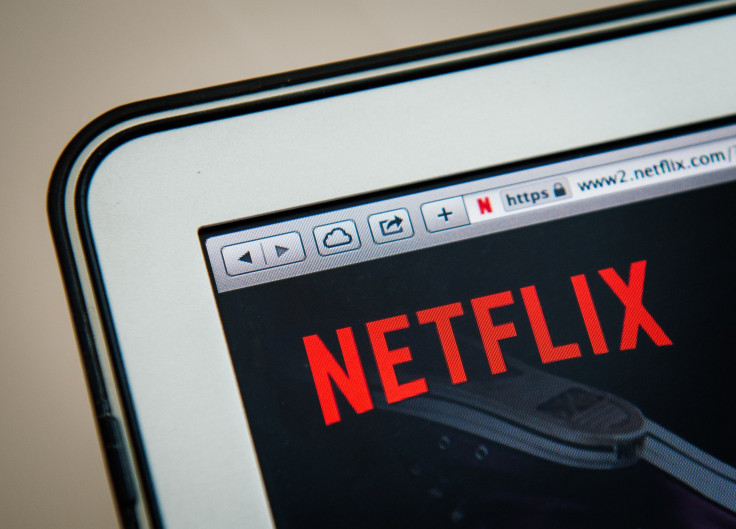Netflix Can't Afford Not To Increase Content Spending

Netflix (NASDAQ:NFLX) will spend about $15 billion in cash producing and licensing content for its 160 million global subscribers this year. Nearly two-thirds of that will show up on the income statement -- $9.2 billion -- by analyst Michael Nathanson's estimate.
But Netflix is about to face a considerable amount of competition from some of the biggest media companies in the world. Disney (NYSE:DIS) has already launched Disney+, and it's been a big hit with consumers. AT&T (NYSE:T) and Comcast (NASDAQ:CMCSA) are launching their respective streaming services in the first half of next year.
All three of those companies spend more on content across their film and television divisions than Netflix. Both Disney and AT&T outlined their plans to increase their content spending with a focus on streaming during recent investor days. Comcast is sure to grow content spending over the next few years as well. If Netflix wants to keep its subscribers from leaving, it can't stop spending on content.
No plans to stop spending
Netflix CEO Reed Hastings indicated no intentions of slowing down content spending any time soon. When asked if we were in the midst of a "streaming bubble" at The New York Times DealBook conference earlier this month, Hastings responded, "Probably the definition of a bubble is it goes down again, and I don't think subscribers or cumulative media spending is going to go down." He later added, "We plan on taking spend up quite a bit."
Netflix will have to up its spending on originals just to keep up with the new competition. Disney's planning to grow its original content spending for Disney+ from less than $500 million this year to about $2 billion in 2024. Meanwhile, it's going to spend more on content for Hulu, including plans to use FX to produce and license content on the platform. AT&T plans to spend about $3 billion more on content in 2023 than it does today as part of its HBO Max plans.

Nathanson expects Disney's content spend to grow at a 7% average annual rate over the next four years. He sees AT&T increasing spending 8% per year, on average.
On top of the higher spending from competitors, Netflix will face pressure to spend more as Disney, AT&T, and Comcast move to retain their content for their own direct-to-consumer services instead of licensing it. Friends will soon be on HBO Max, and The Office will only be available on Comcast's Peacock. As such, there's an additional impetus for Netflix to spend cash today in order to fund more originals to replace the watch time it's losing with that licensed content. As a result, Nathanson sees Netflix's spending growing an average of 14% per year through 2023.
Accessing the debt market and burning cash
If Netflix is going to keep increasing its content spending, it's going to have to tap the debt market. The company is burning cash at a rate of $3.5 billion this year. That said, management expects cash burn to start moving back toward zero starting next year, but it's still a long way from self-funding.
That's one advantage for Disney, AT&T, Comcast, and other big companies entering the streaming space. They can better afford to spend billions on content because it's offset by their profitable businesses. Netflix only does subscription streaming.
With Nathanson's expectations for 14% annual growth in content spending for Netflix, the company will have to grow revenue faster than that in order to offset that increased spending and move back toward positive cash flow.
Revenue grew more than 31% last quarter, but Netflix's recent revenue growth has been fueled in part by price increases. Netflix may have a tougher time increasing its prices over the next few years as the competition keeps their prices low in order to scale quickly. Subscriber count still increased 21% last quarter, though, despite headwinds from its most recent price increase. That suggests Netflix's revenue growth should be able to outpace its content spending even without increasing pricing.
The competition will certainly impact Netflix's business. It'll have to keep increasing its spending on content. But investors should feel confident in management's outlook for improved cash flow, even with Hastings and Nathanson suggesting that more content spending is coming for the streaming leader.
This article originally appeared in the Motley Fool.
Adam Levy owns shares of Walt Disney. The Motley Fool owns shares of and recommends Netflix and Walt Disney. The Motley Fool recommends Comcast and recommends the following options: long January 2021 $60 calls on Walt Disney and short January 2020 $130 calls on Walt Disney. The Motley Fool has a disclosure policy.





















